My Corner Online
Hylotelephium Spectabile | Hylotelephium telephium | 'Herbstfreude' ‘Autumn Joy’ | Sedum x ‘Autumn Joy’) | Sedum, Live-forever

First bloom date:
2024 July 24 (September 26 prime color)
Hylotelephium Spectabile | Hylotelephium telephium | 'Herbstfreude' ‘Autumn Joy’ | Sedum x ‘Autumn Joy’) | Sedum, Live-forever
Crassulaceae (Stonecrop or Orpine Family) Pronounced Crass-you-lay-see-eye
Pronounced Hi-low-tel-ef-ee-um Spek-TAB-ill-ee
In researching this plant, I was confused by the botanical name reference, so I listed them all. Currently the most accurate reference appears to be Hylotelephium spectabile ‘Autumn Joy,’ although it is still sometimes listed Sedum telephium, as well as Hylotelephium ‘Herbstfreude.”
The name "telephium" probably honors Telephus, King of Mysia and son of Hercules.
I never realized the name "Stonecrop" applied to the family and not to the individual plant. I always thought it odd so many Sedum plants were labeled as Stonecrop when they were so different.
My neighbor called them live-forever and I had never heard of that before.
There are about 33 species of Hylotelephium and I have had two of them. I gave away one of them that was shorter and more purple in bloom, so they do vary in height and color. I had them planted in the same place and did not like them together. I did not know it, but one of my neighbors told me that I had given it to our next door neighbor and she gave him some of it and he still has it and enjoys it! That was a surprise!
Masses of star-like flowers form in clusters on the top of a thick stem. The plant blooms for about 6 weeks, which is awesome, and I love how as it progresses it changes color. I am always looking for that peek just-right color for photographs. The name "Autumn Joy" references the dusty, changing to pink, changing to red flowers that bloom in the Autumn.
The leaves are succulent.
It tolerates shade as well as the hot Summer sun.
This is a no maintenance plant which is a big plus! The bees and moths and butterflies love it too.
To propagate it, just snap off a top of the plant before it buds and stick it into the ground. It is that easy!
After the blooms are done, I cut it back down the ground and it comes back the next year, although the dead blossoms could give interest in the Winter. I bet they look interesting with snow on top.
At one time I had spread it to the back yard, but it really seemed to like that soil well and took off spreading, so we dug it up. That was too many bees in one place! It works well in our front bed where we have it contained with blocks.
2024

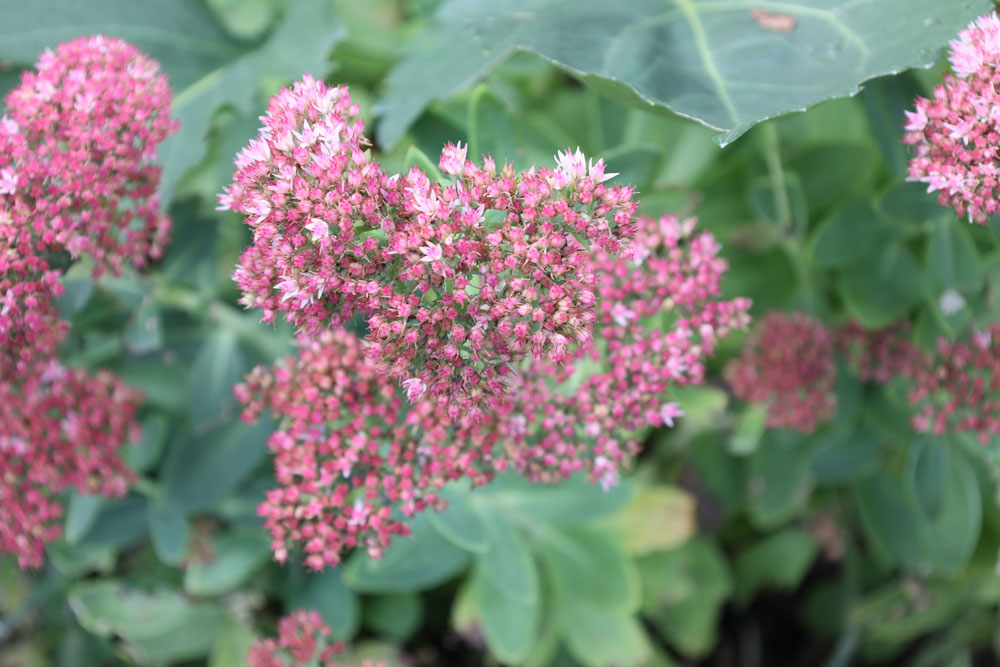

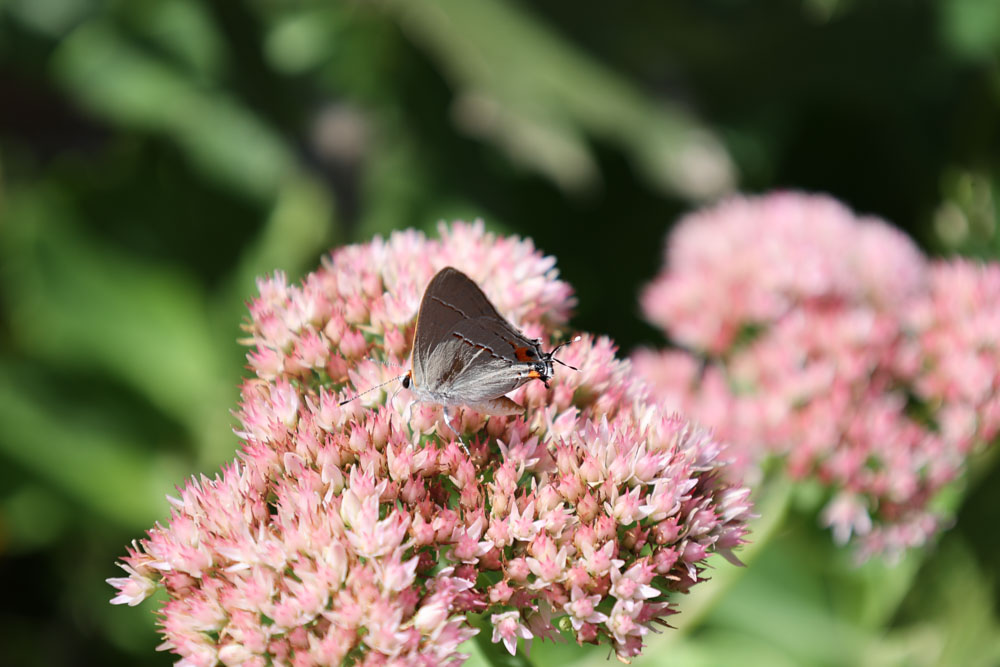
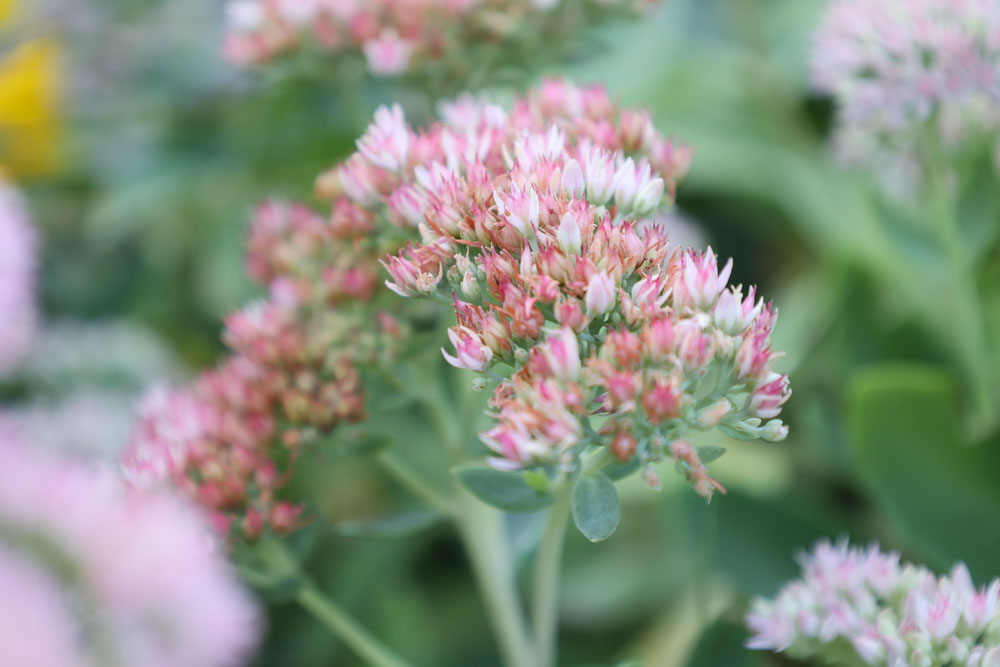

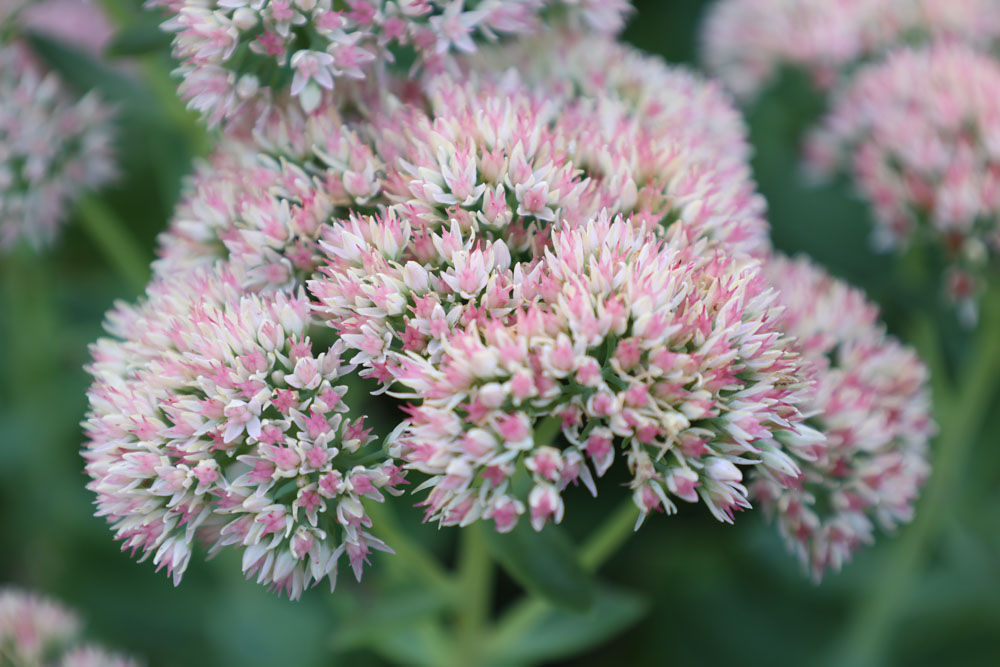
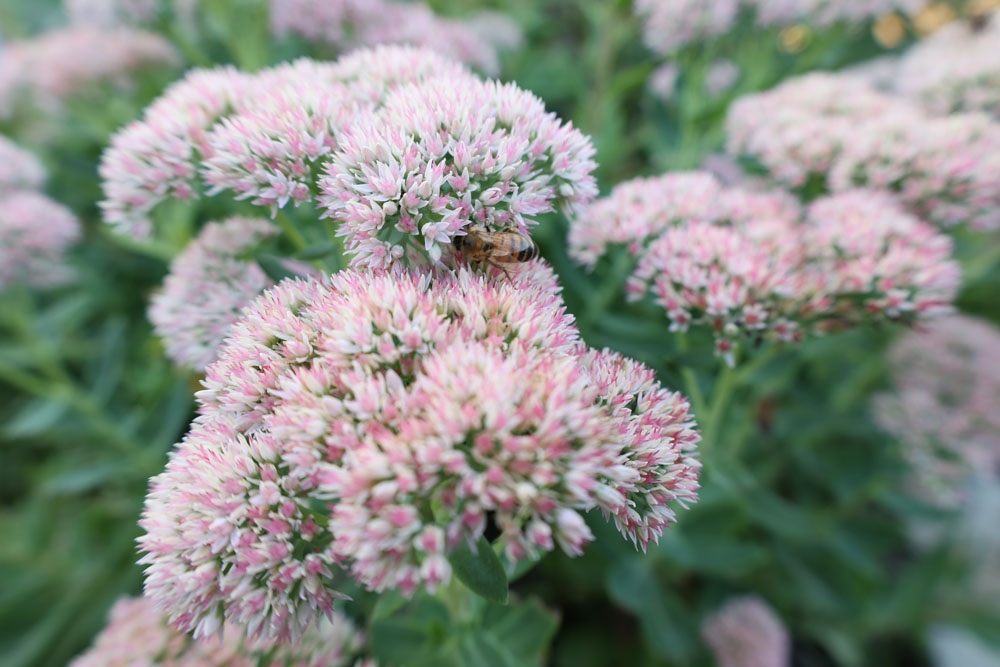
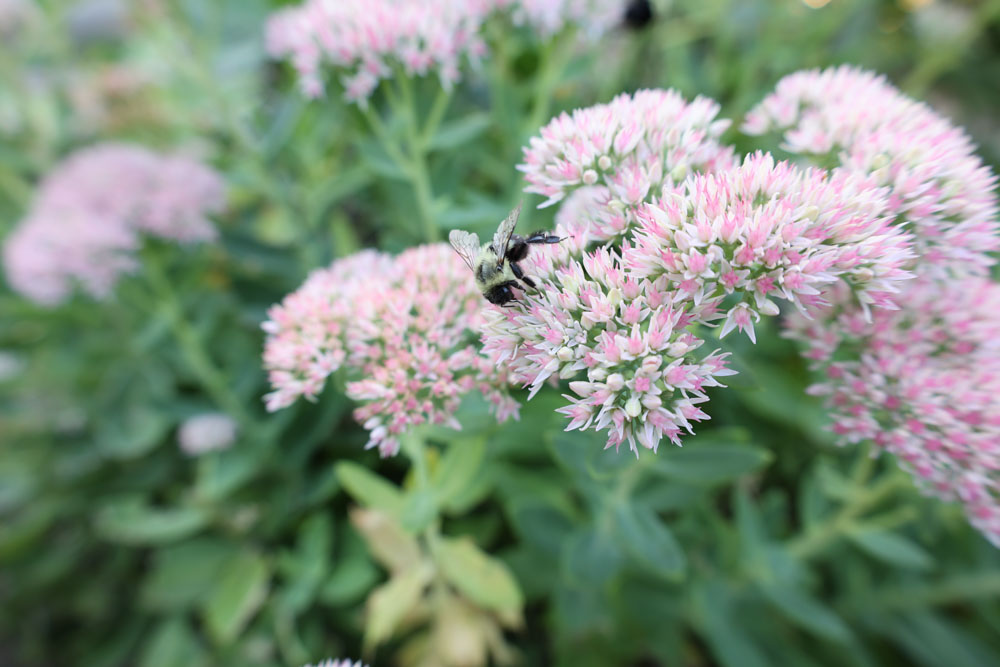
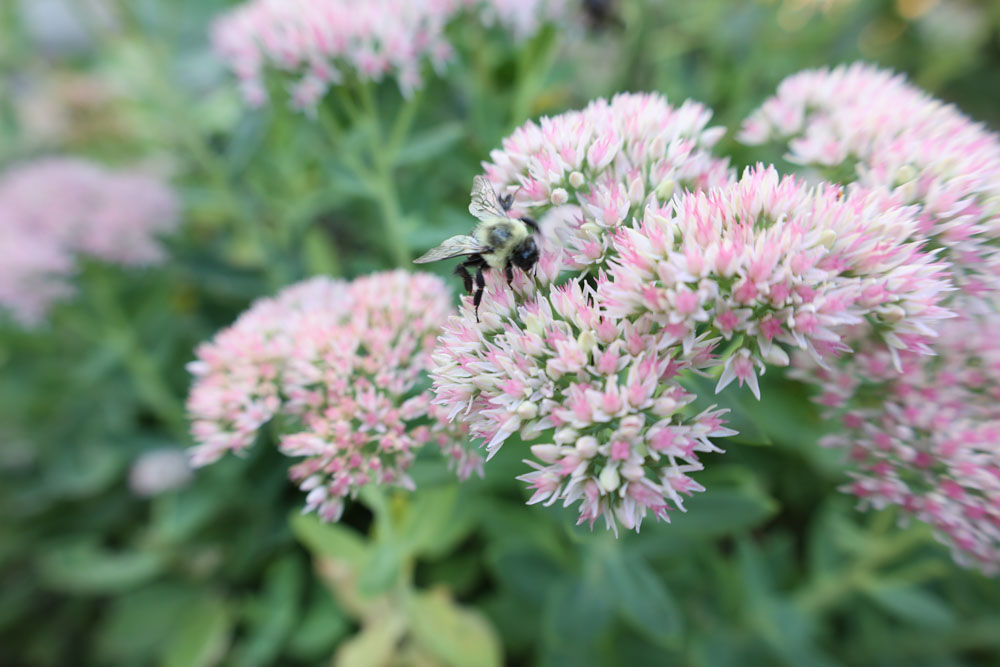


2022

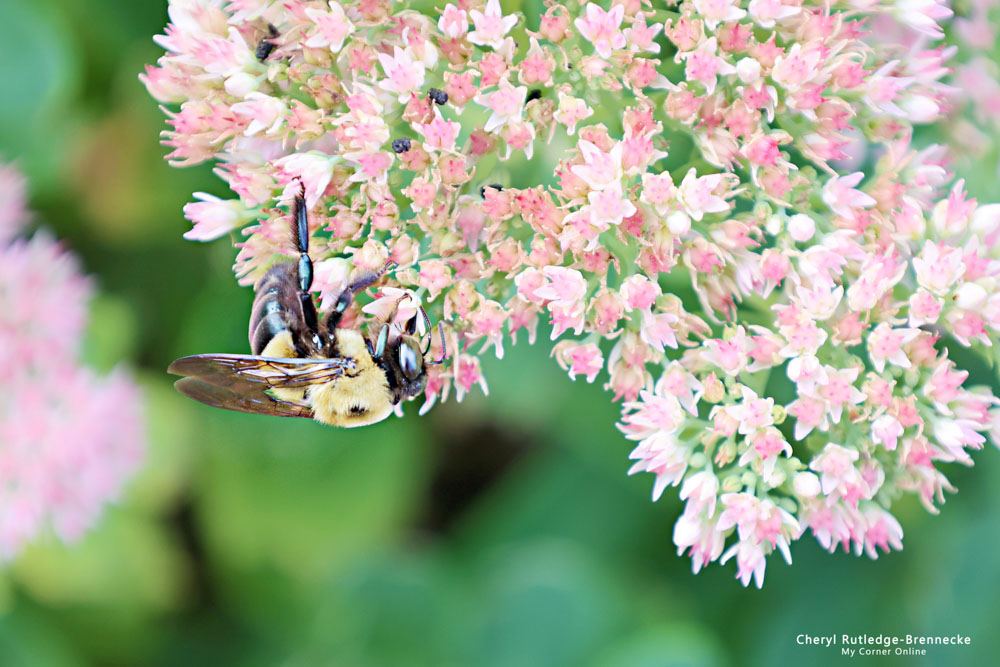
2020


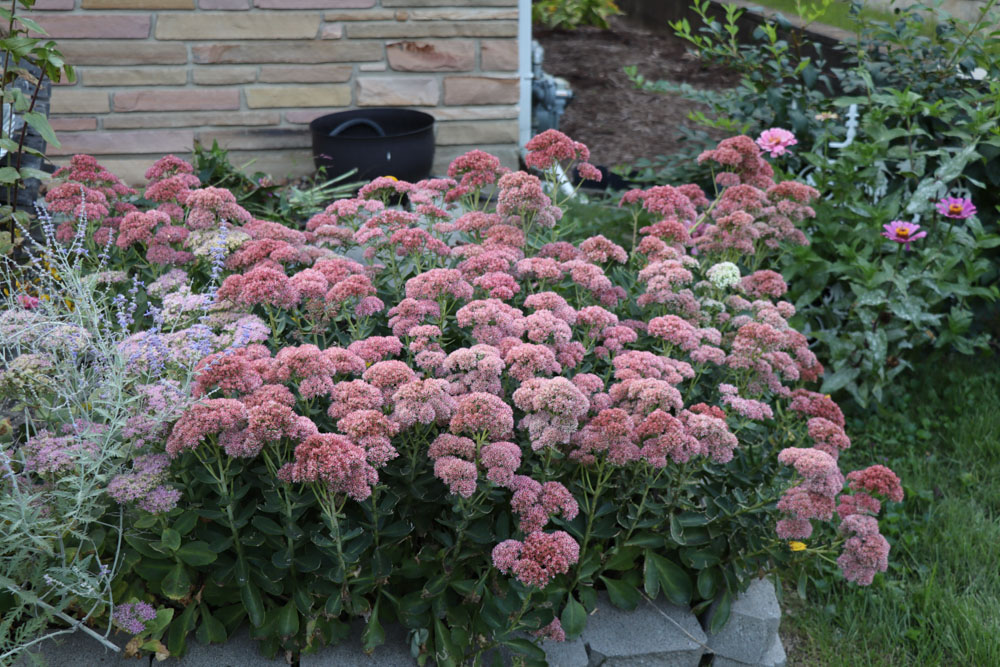
2019
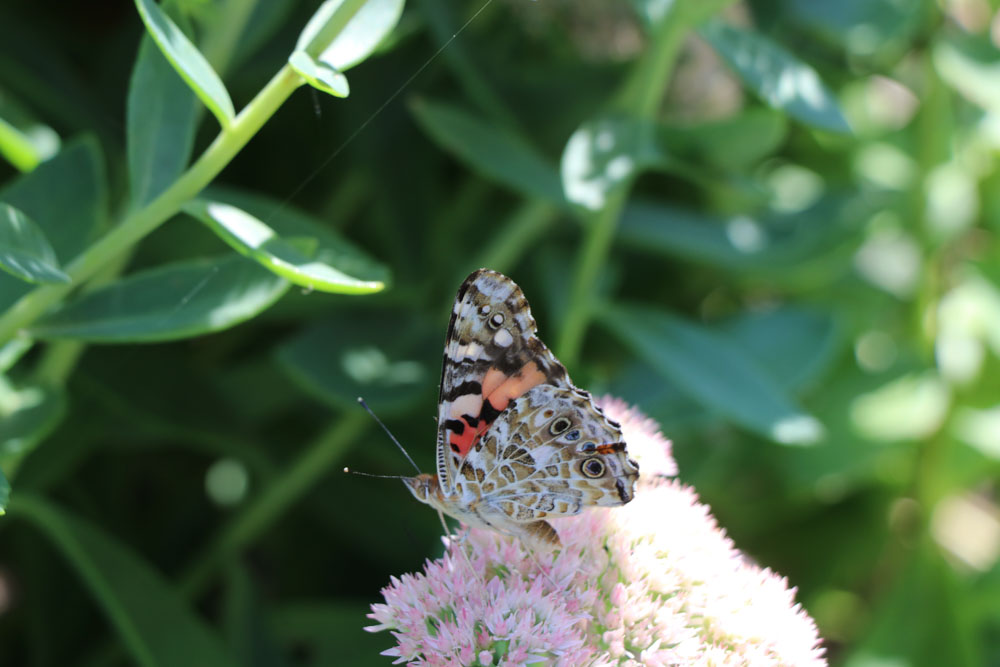





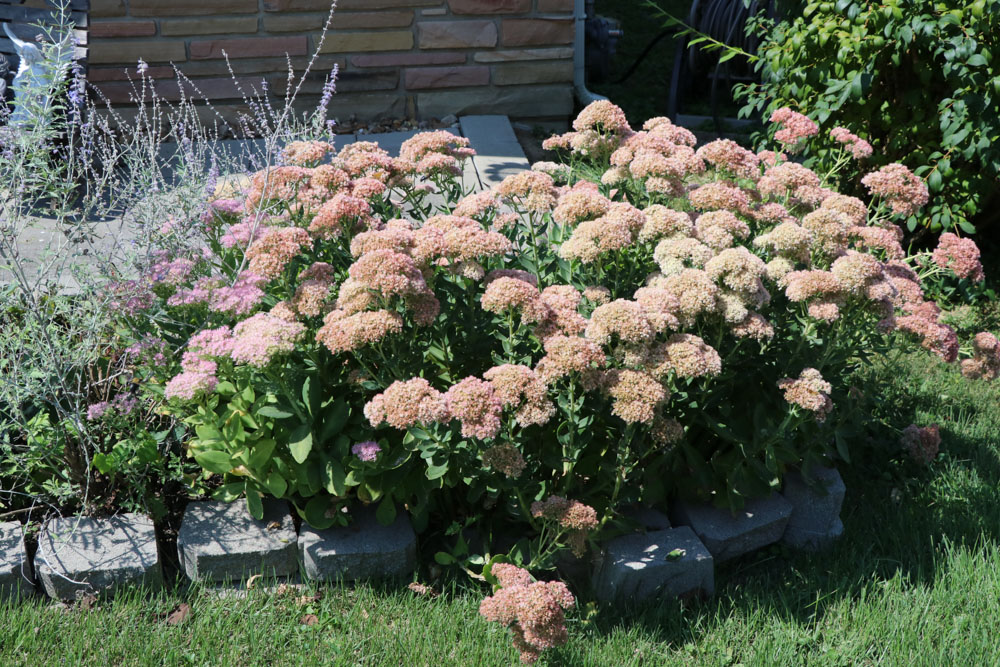

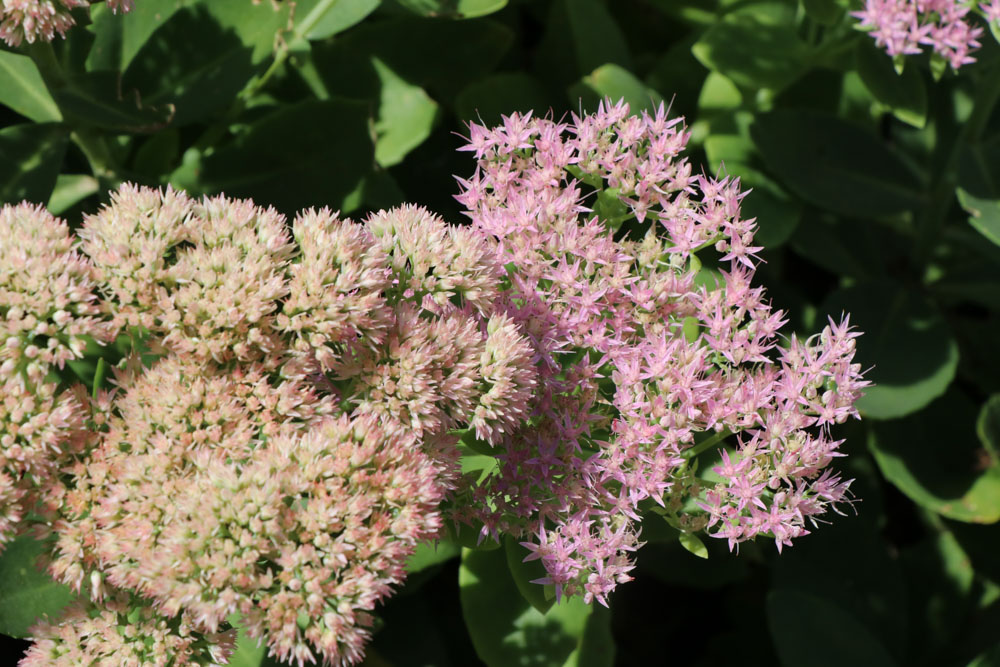
2017



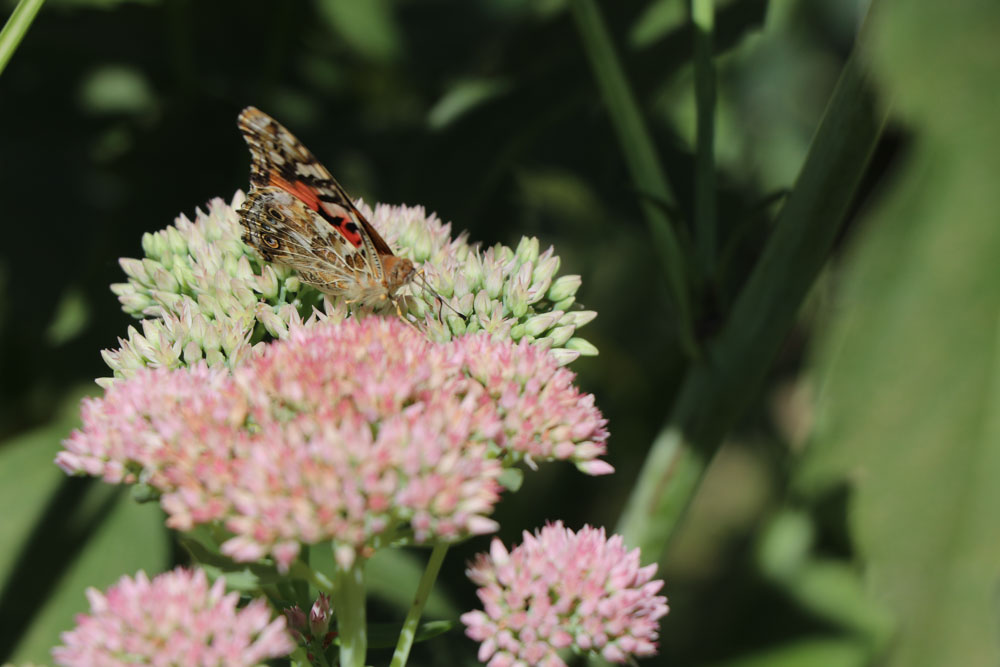


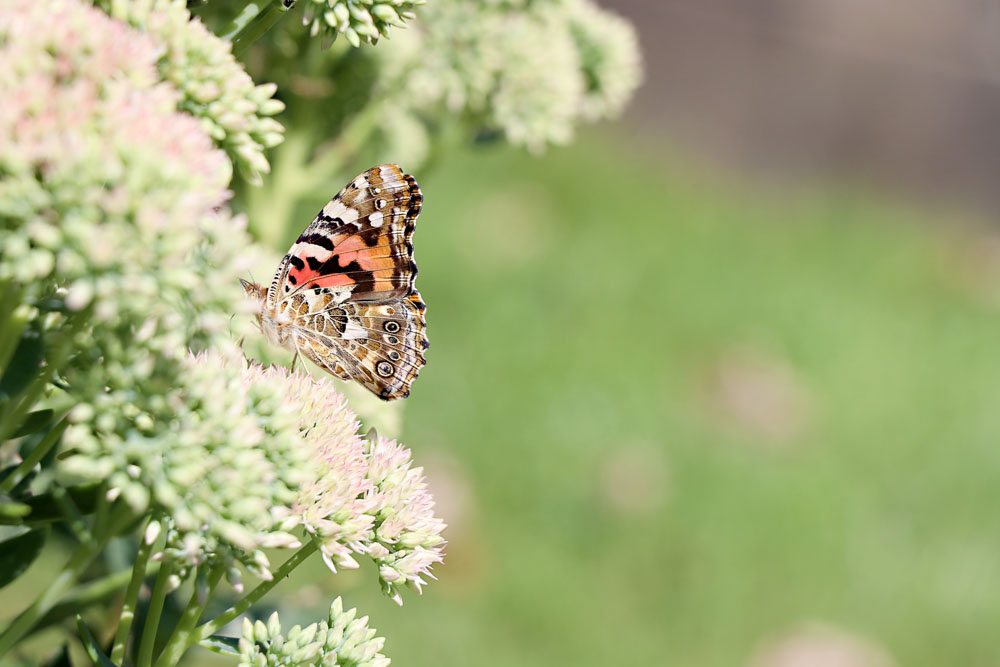
2015
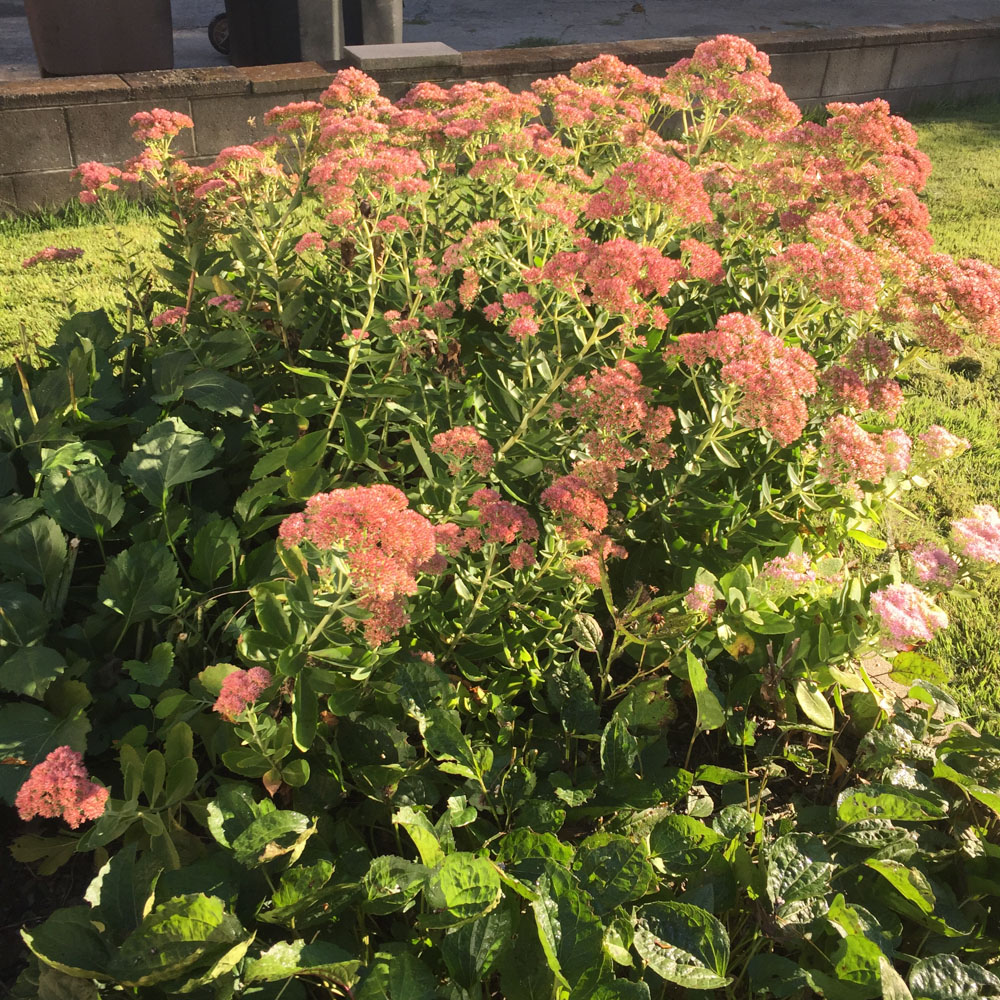
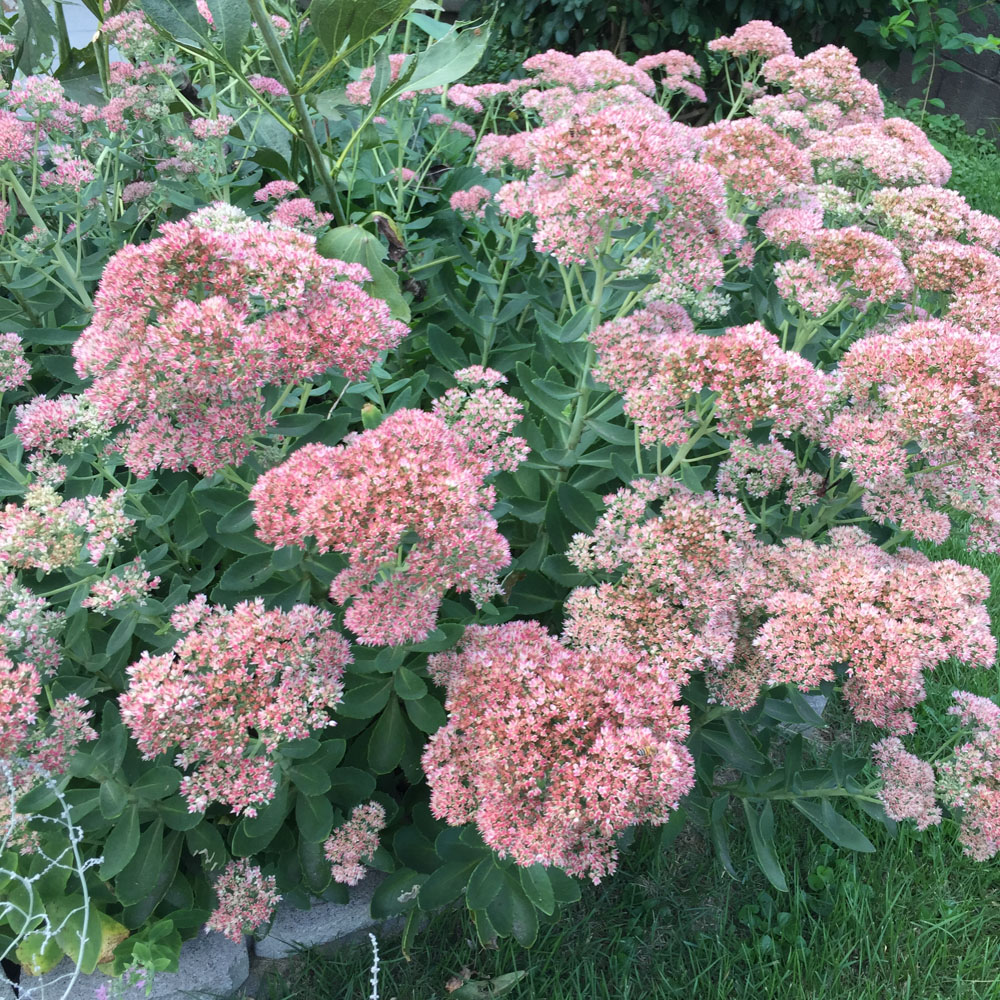
2014

This one shows the other one I had that I eventually gave away. It was more purpole than the pink to crimson. My neighbor told me in 2024 that I gave it to him and I did not remember doing that. He said he literally just threw it in a flower bed and it has been coming back year after year.
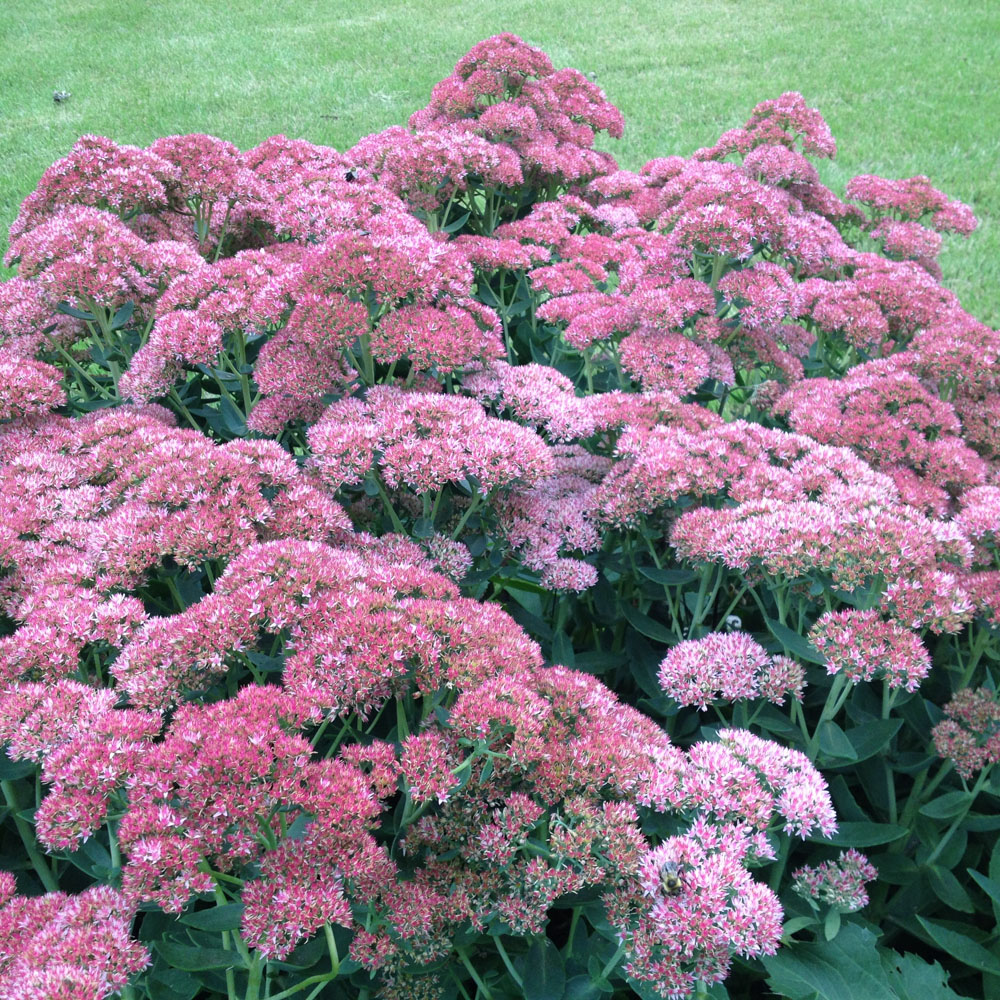

2001
.jpg)
2001 is the first year I owned a digital camera, so I am fairly certain that these were here long before that year. I will have to wait until I scan in my printed photos to see exactly when. I see we had the lawn timber instead of the stones as well.
.jpg)
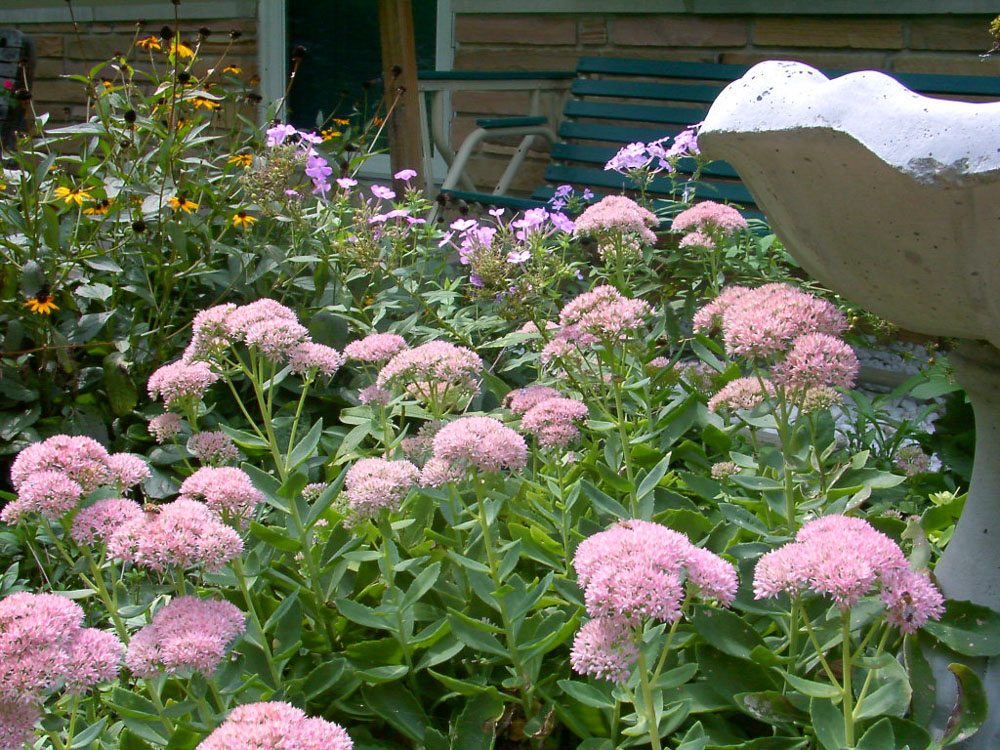
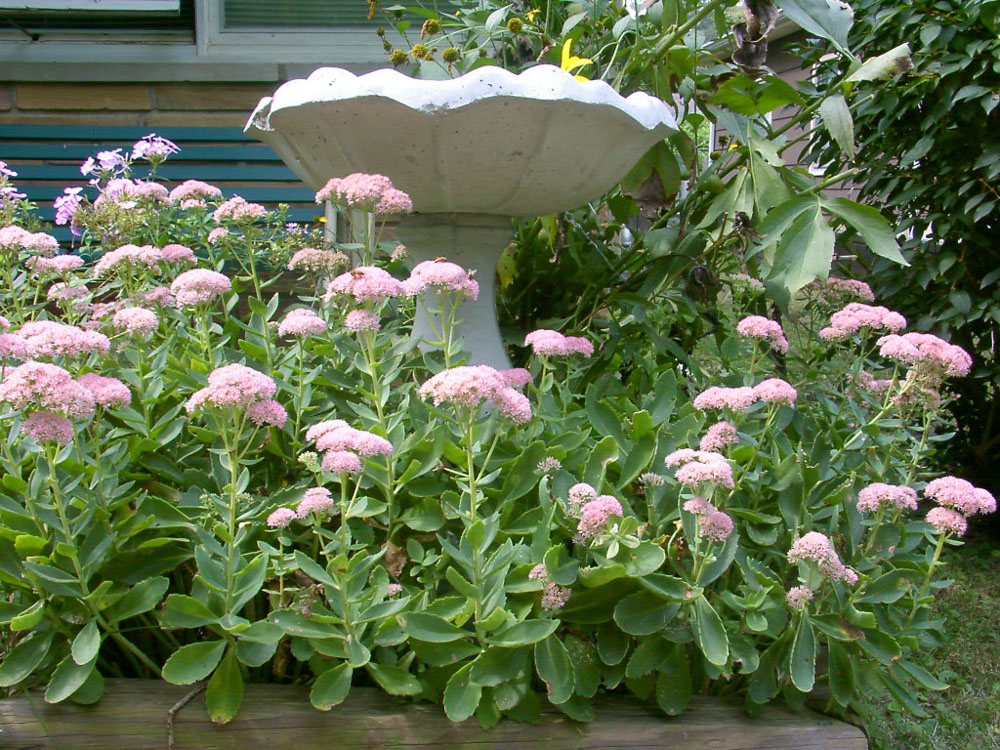
.jpg)